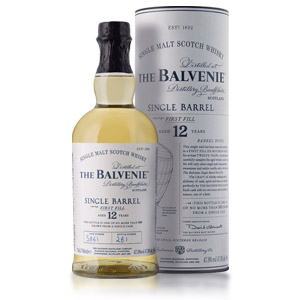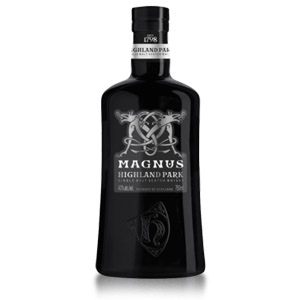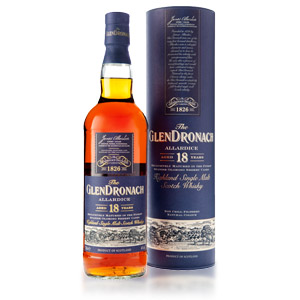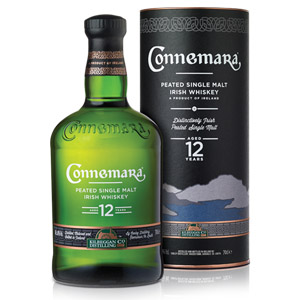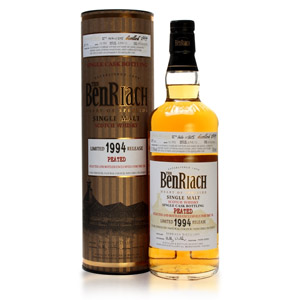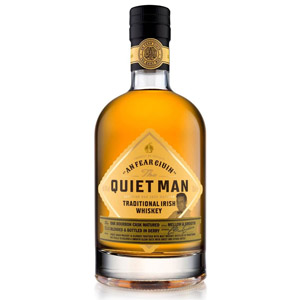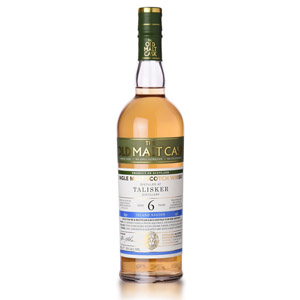The Balvenie (12 year) Single Barrel “First Fill”
The “First Fill” on the label, of course, refers to the use of first-fill ex-bourbon casks (casks the previously aged bourbon but haven’t been used for anything else). These first-fill barrels have been used to age Balvenie malt for at least 12 years, and watered down a little bit to a reasonable 47.8% ABV. The whisky is not chill-filtered and has no added coloring (which is obvious by its pale straw appearance).

